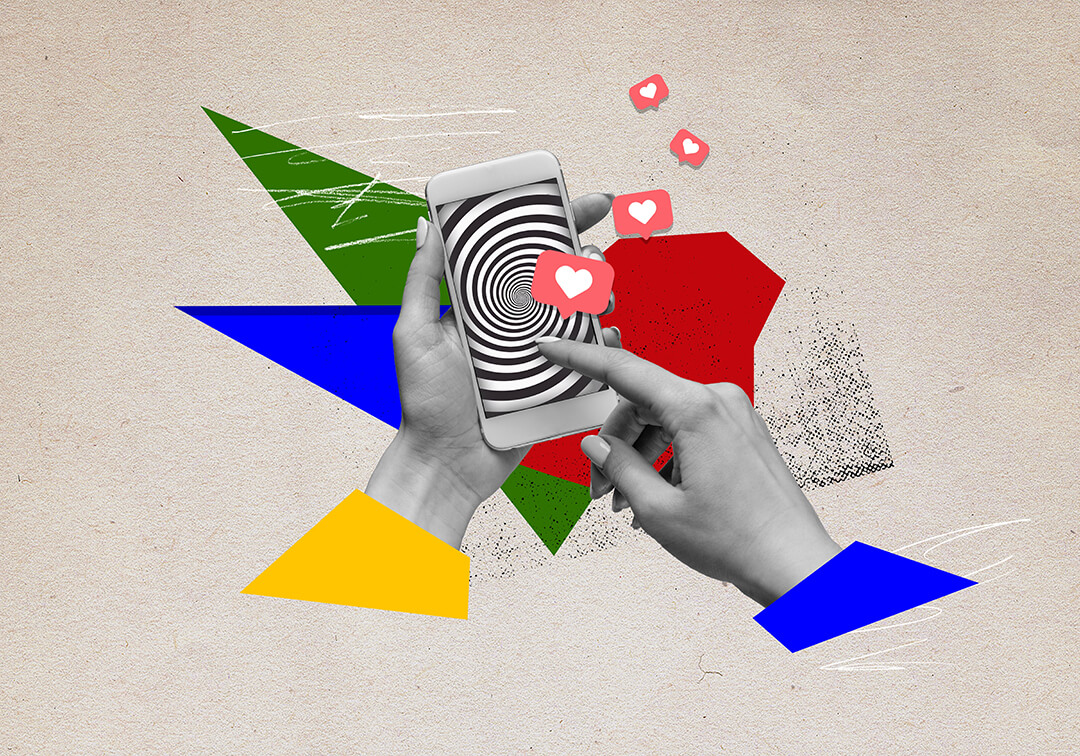Of all the mobile devices launched in recent years, the iPad has been the most promising for the journalism business.
iPad owners are more likely than others to use the devices to keep up with news, and compared to other types of tablet owners they are more likely to download news apps and over five times more likely to subscribe to digital news products.
The iPad hasn’t been a savior for legacy media companies, but it has offered the brightest light at the end of the tunnel.
So many journalists should be watching closely and thinking critically today as Apple makes its biggest tablet-related announcement since the original iPad launch in 2010. At 1 p.m. ET (10 a.m. in San Jose, Calif.), Apple will reveal a new smaller version of the iPad — nicknamed the “iPad mini,” but we don’t yet know what the company will call it.
 The video of the event will be live-streamed on Apple’s website (you have to use Apple’s Safari browser to watch it).
The video of the event will be live-streamed on Apple’s website (you have to use Apple’s Safari browser to watch it).
Price will matter greatly
Since Apple debuted the first iPad, it has owned the full-size tablet market.
Competitors have failed to make a dent against Apple’s 9.7-inch tablet, but recently several — including Amazon, Google and Samsung — have carved out a niche market for devices that are smaller (7- to 8-inch screen sizes) and cheaper.

Apple's iPad has dominated the large tablet market, while Amazon's Kindle Fire leads the small tablet market, according to research by the Reynolds Journalism Institute.
Price has been the main differentiator. Apple product owners cite the brand, the operating system and the apps as their top reasons for buying. Android tablet owners cite price. iPad owners report greater overall satisfaction with their devices.
And so until now we’ve really had two classes of tablet owners: Those willing and able to pay $499 to $829 for Apple’s product and those willing to pay $199 to $299 for smaller Android-powered alternatives.
Today the two shall meet. And if Apple can price the smaller iPad competitively, it may win on every other measure.
Analysts are predicting a starting price as low as $299. It would seem odd, though, to give the new iPad the same price point ($299) as the smaller iPod Touch. So don’t be surprised if it’s a little higher than that.
Is it a small iPad or a big iPhone?
Or a third class altogether?
We won’t know this for sure until we get our hands on the device and see how people use it in the wild. But the question matters to designers of news products and other apps or mobile sites.
User interface designers will need to adjust to the smaller screen dimensions. Is that button that was just right on the iPad now too small to tap comfortably? Is that two-pane layout now too cramped?
User experience designers will need to determine how and where people will use a smaller iPad. The full-size iPad is mostly left at home, used in the evenings while relaxing. The iPhone is carried everywhere and used in short sessions throughout the day. The user needs and environments are different, so you have to design differently for each. If the new smaller iPad turns out to be significantly more portable, that will change what users want it to do.
In the long run, the additional complexity may be yet another nudge for news organizations toward using responsively designed websites that adapt fluidly to any screen size.
Related: Other observations, including that one-handed reading is quite different than the larger iPad (SFN Blog) || Earlier: Steve Jobs hated the idea of a 7-inch tablet.







Comments